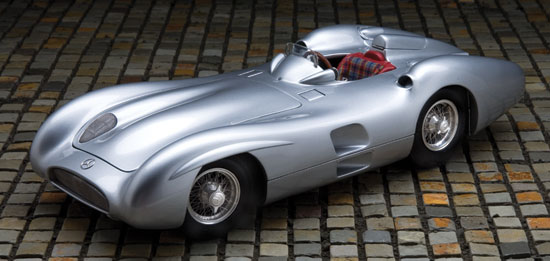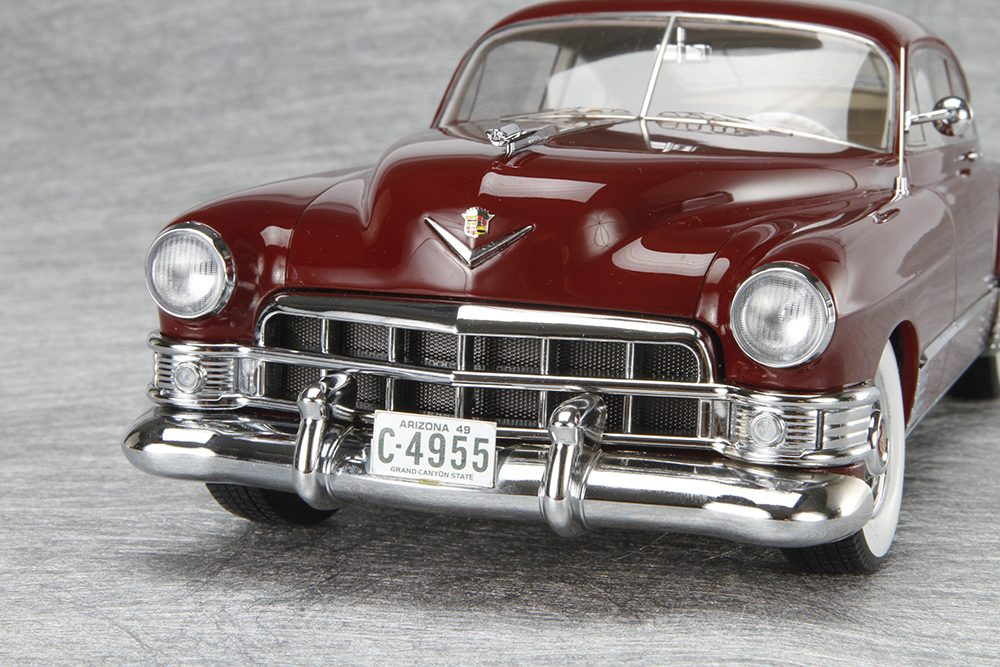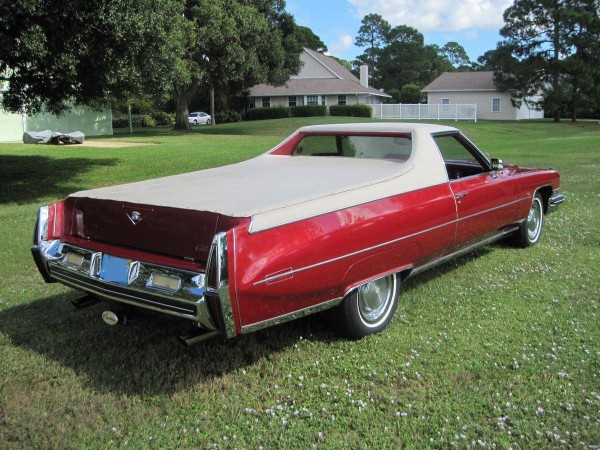CMC 1955 Mercedes-Benz W196 Streamliner
By Alan Paradise – Photos by Bruce Wartlieb
|

|
Far in advance of Ferraris omnipresence in F1, or Porsches dominance of endurance racing, and prior to the Ford/Ferrari war at Le Mans, Mercedes-Benz owned the worlds most prestigious racing events.
After World War II, Grand Prix racing resumed with technology that was in flux. Prewar race cars were brought back to life to fill the early need while automakers tried desperately to rebuild their technology. Alfa Romeo dominated the first two seasons of racing. In 1952, Ferrari emerged from Modena, Italy, to lead the European speed wars. With 1954 changes in engine size and fuel-delivery rules, Mercedes-Benz entered the Grand Prix game with its Streamliner powered by the innovative M196 engine.
When rolled out to the starting grid at the Reims Grand Prix, the Streamliner was an awesome sight. No other race car looked or drove like it. It was a spaceship among airplanes. Juan Fangio drove the number-one Streamliner and narrowly defeated teammate Karl Kling. A Ferrari finished thirdone lap behind the two Streamliners.
Fangios one complaint was that the full-bodied Streamliner was difficult to drive on roadcourses such as Silverstone and Nurburgring because the full body did not allow him to see the front wheels as he began to apex tight turns. Mercedes-Benz therefore crafted a more traditional open-wheel car to fit over the technically advanced M196 engine and chassis. The Streamliner body was used on high-speed tracks such as Avus and Monza.
In 1955, tragedy struck the autoracing world when a Mercedes-Benz 300SLR left the course during the 24 Hours of Le Mans and flew into the grandstands on the front straight killing the driver and 87 spectators. Mercedes-Benz immediately pulled out of all forms of racing. This left the W196R race cars in storage in Stuttgart, Germany. They remained there untouched for 40 years.
|

















